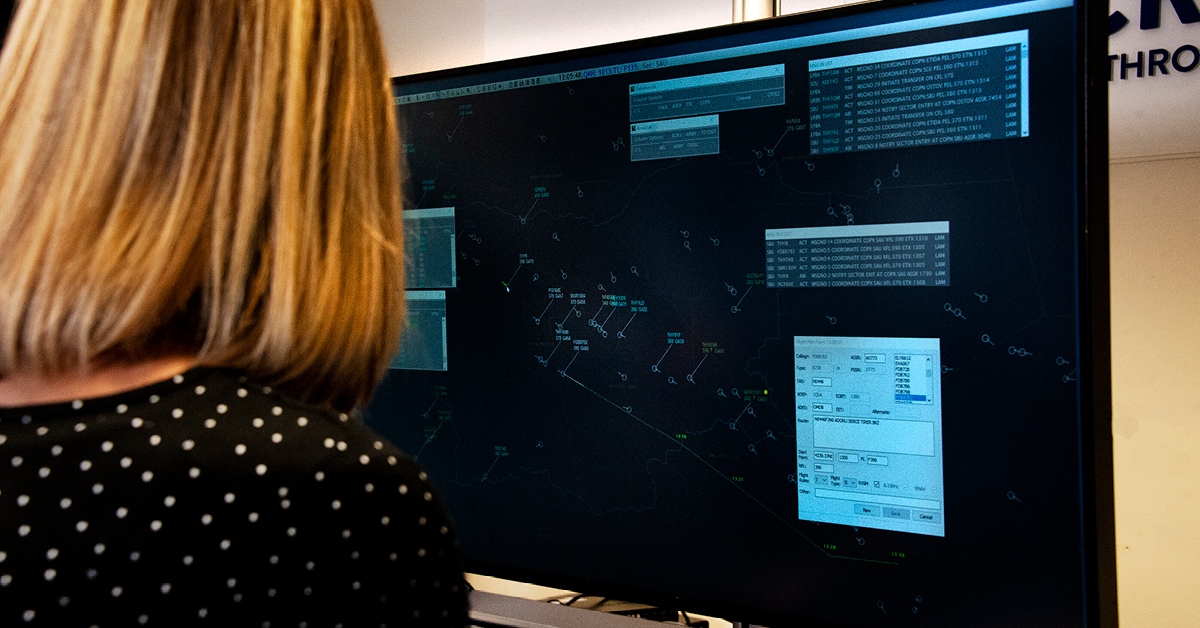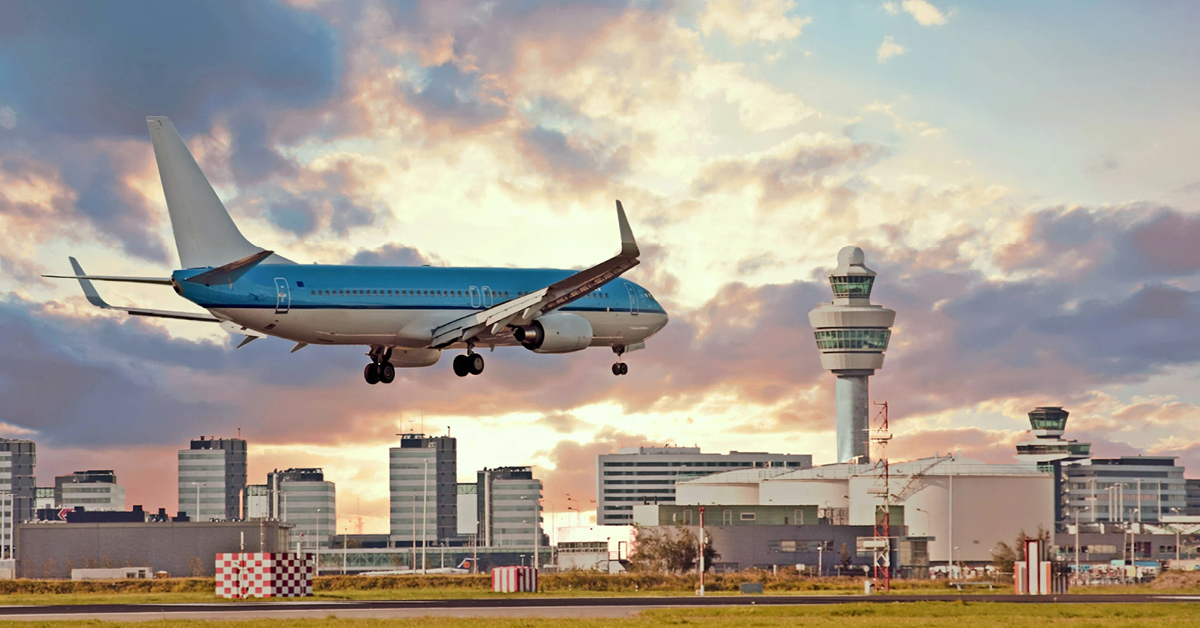Airspace Q1 2019 – Preparing the airspace system – Alexandre de Juniac, Director General, IATA

Airspace asks Alexandre de Juniac, Director General, International Air Transport Association (IATA), how ANSPs can help airlines to ease capacity issues.
Air navigation service providers perform an ever-more crucial task for the global air traffic system. But the vital services they provide are set to become even more challenging in the years ahead. And as their principle customer, airlines have high expectations.
Of course, safety is the first priority of the industry, and something on which ANSPs place the highest importance. The skies are safe, and we are confident CANSO Members will continue to ensure they remain so. But beyond safety issues, there are three specific challenges facing ANSPs.
1. Service efficiency
2. Sufficient capacity provision
3. Greater openness and consultation
Efficiency can be characterised as a reliable and cost-effective service, eliminating delays and reducing fuel burn/emissions. If we take the example of Europe, in 2018 there were more than 25 million minutes of delay, a huge increase on less than 16 million in 2017 – which was itself an unacceptably high number.
Moreover, cost efficiency could also be improved. For instance, performance plan investments need to be delivered – since 2012 a total of 27% of the planned and funded investments in Europe have not been implemented.
Finally, efforts to reduce fuel burn, and therefore emissions, have also moved slowly. ATM has a huge opportunity to reduce worldwide CO2 emissions from aviation through more sophisticated routes. Such modernization and reform would also help reduce noise and generate more capacity.
Indeed, capacity provision is an issue of great concern. Sufficient capacity means ensuring the airspace system of the future can cope with the expected increase in demand and do so with no adverse impact on the efficiency aims outlined above.
IATA’s 20-year forecast suggests that more than 8 billion passengers will be flying in 20 years’ time. Even allowing for an increase in the average size of airplane, that still means we could see up to 80 million flights a year. In addition, over this period we are likely to see increasing numbers of drone flights, which could add perhaps another 80 million movements into our crowded airspace.
How will ANSPs manage this increase? They will need to be more flexible and adaptable. We know growth is coming, but we also know the future is always unpredictable. We cannot be sure what new technologies and capabilities will come to the fore. ANSPs will need to bear this in mind at every level of their business – from training, to operations, staffing levels, equipment procurement and investment plans.
The third challenge I want to focus on is openness. ANSPs have to be more transparent and offer even more consultation and dialogue. That principle lies at the heart of any business that offers excellent customer service. And it is not just about airlines – ANSPs need to be more open with all stakeholders: governments, airports, the military, and the operators of the future.
Most crucially of all, ANSPs must become more open with each other. Only through cooperation and harmonisation can ANSPs remove the invisible borders in the sky that do so much to limit the efficiency and capacity of the system.
A new partnership initiative may offer the way forward to achieving these aims. For the past 18 months, a group of forward-thinking ANSPs in Europe has been working on national airspace strategies (NAS). IATA has provided technical assistance from the airspace user point of view.
In November and December 2018, the first such strategies, in Poland and Italy, were published, with the support of their respective governments. France, Spain and Bulgaria have publicly announced they will each develop a NAS. In the UK, a full review of the Future Airspace Strategy is underway, and other European ANSPs are in discussions to start similar planning.
Although the direct benefits of these strategies are yet to filter through, the consultative approach from these European ANSPs has been positive and indicates this is a concept that could be expanded.
There are certainly opportunities for states beyond Western Europe to work collaboratively on airspace modernisation. The airline community would welcome such a development.
If ANSPs can keep service efficiency at the center of their work, while preparing the industry for the future in a spirit of openness and collaboration, then I am certain that, together, we will meet and surpass the challenges of the future.



